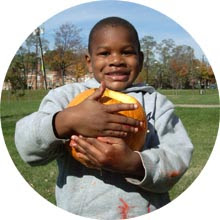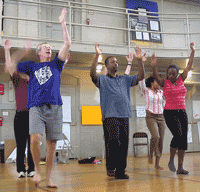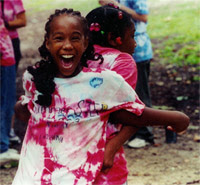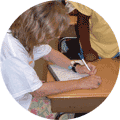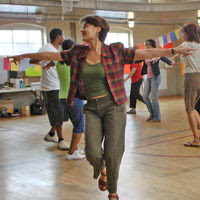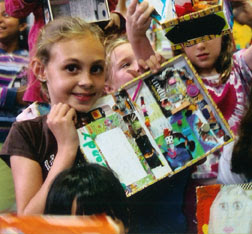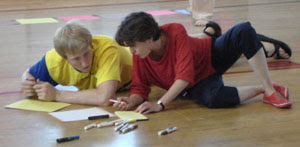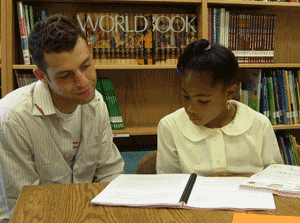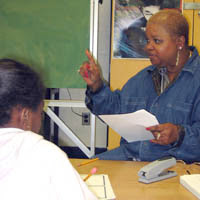
According to an article by John Patrick, when we think about teaching students to be informed participants in a democracy there are three areas in which educators tend to focus: civic knowledge, civic skills, and civic virtues.
This is how he describes each area:
"Civic knowledge consists of fundamental ideas and information that learners must know and use to become effective and responsible citizens of a democracy… In particular, it involves concepts and data about democracy in the learner's country and comparisons with other countries.
"Civic skills are the cognitive operations that enable the learner to understand, explain, compare, and evaluate principles and practices of government and citizenship … Civic skills involve the citizen's use of knowledge to think and act competently in response to the ongoing challenges of democratic governance and citizenship.
"Civic virtues … are the traits of character necessary for the preservation and improvement of democratic governance and citizenship. Examples of civic virtues are respect for the worth and dignity of each person, civility, integrity, self-discipline, tolerance, compassion, and patriotism.”
In the context of the school day we can think about these three areas in terms of the content we need to teach, the skills students must develop to understand the content, and the sense of community we build in our classroom so students feel safe and can focus on learning.
The problem solving students do today in math class should build the same skills necessary in the future to solve a budget deficit, an architectural challenge, or an applied math solution to a biological crisis.
The critical thinking students put into planning a debate today should build the same skills necessary in the future to present an argument in court, negotiate an important business deal, or make a political speech.
The social skills students develop while learning to work together in your class should build the same skills they’ll need in the future to hold leadership positions in their jobs, or work with a team to accomplish a business objective.
The skills needed in a democracy are the same skills we already know students need to be successful in school. But if we think about them as important beyond their relevance to passing benchmarks, meeting AYP, and getting good grades – perhaps we’ll endow them with a even more enticing significance.

